Cover Crops
This past weekend, we finally got around to planting cover crops in the front yard garden (and this coming weekend, after fencing off sections from marauding poultry, we’ll sow the backyard).
These are Austrian peas. I’m trying them for the first time, along with several other cover crops we’ve used before.
It’s a bit of a mess, isn’t it? Well, before sowing cover crops, we pulled up all existing annual food plants (the exception is a few Vulcan Chard plants that are producing well, and the tomatoes in the far right. They will be removed this weekend when we plant garlic there).
Following permaculture principles, we strive to utilize everything in our system, so we “chop and drop” spent plants and throw them back on the beds to return their nutrients to the soil and build up the humus. It hasn’t rained here in ages, so we watered afterward.
Then it was time to plant a mix of cereal rye, crimson clover, hairy vetch, red clover and field peas, and water them in well. We purchased them in bulk at the feed store, and spent less than $3 for enough to cover all the front beds (except the future garlic bed).
Ordinarily, cover crops (like the rye above) are allowed to grow all fall and winter, and then are tilled into the soil in spring (before they set seed and essentially become weeds). Well, the soil is a living, complex ecosystem, which we try not to disturb, so we do not till.  We build up the soil, always adding to the top, but not disturbing the mycelium and other organisms in the lower layers. How do we finish off the cover crop and prepare for planting in the spring?
The answer: We let the poultry do it for us. While the crops are germinating, we use temporary fencing to secure them from the ducks and chickens, but once they are mature, we remove sections of the fencing, and allow the poultry to feast.
In this way, we
1) reduce our personal energy output (we do not have to spend the time tilling in the vetch, rye and such)
2) reduce our winter poultry feed bill
3) minimize disturbance of the soil ecology
4)massively reduce the slug population as the ducks forage through the cover crops for their favorite treat.
5) enhance the aeration and fertility of the soil as the roots and inedible parts of the cover crops breakdown, and the birds contribute their rich manure.
In small areas of the garden we do not plant cover crops (mostly in the large backyard, not the little front yard shown here), but instead grow some winter produce for our family (chard, kale, cauliflower, etc) as well as many rows of garlic and shallots. Those areas will receive an addition of well-composted chicken/ duck manure + straw from the coops before the spring planting.
More on garlic cultivation and our slow permie progression from annual to perennial crop cultivation in next week’s posts.
What are your fall and winter plans for your garden?

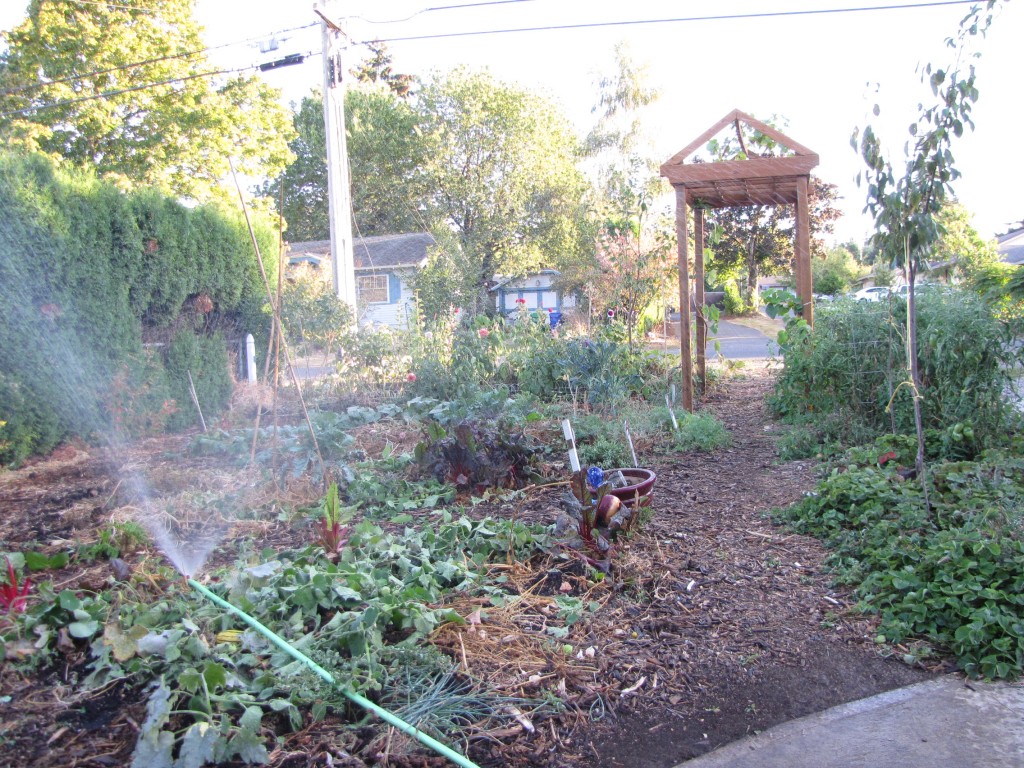












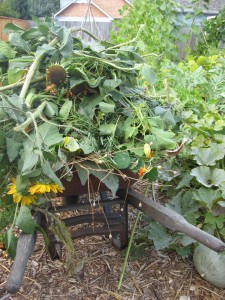





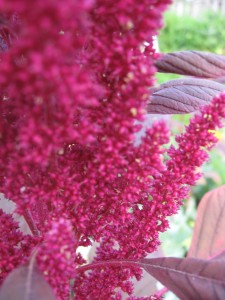




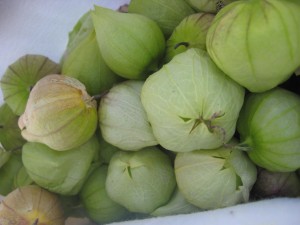
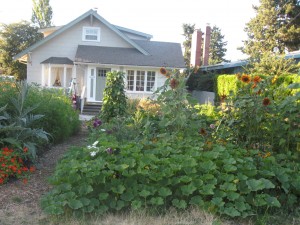




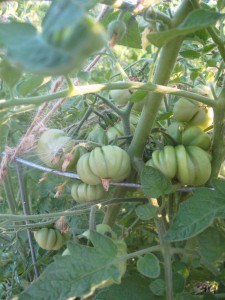














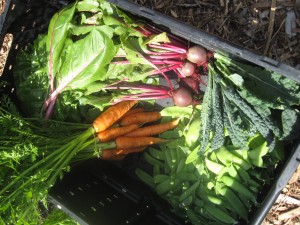








 Mature artichokes and cardoons take up a lot of space, but while they’re still growing, I’ve underplanted them with daisies, nasturtium and chives (winter squash, dahlias, sunflowers, fennel, and wildflowers are visible in the background.)
Mature artichokes and cardoons take up a lot of space, but while they’re still growing, I’ve underplanted them with daisies, nasturtium and chives (winter squash, dahlias, sunflowers, fennel, and wildflowers are visible in the background.)



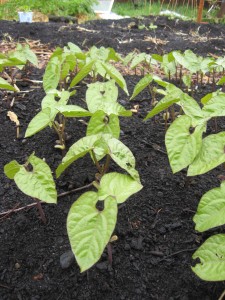





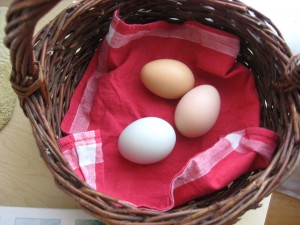




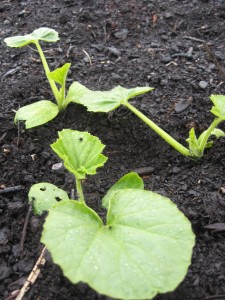






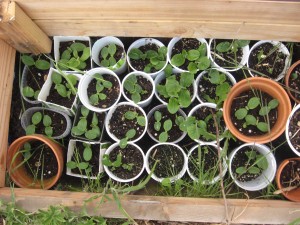
 On the right is a new veggie I’ve never tried before (thank you, Patty!) – variegated garden cress. Can’t wait to get it established and try some in a salad!
On the right is a new veggie I’ve never tried before (thank you, Patty!) – variegated garden cress. Can’t wait to get it established and try some in a salad!














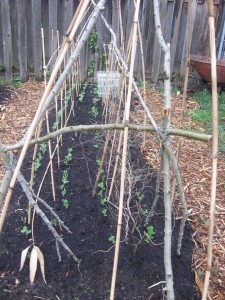

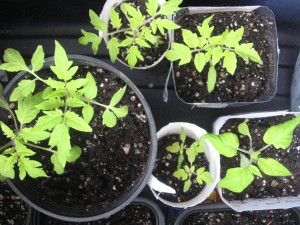








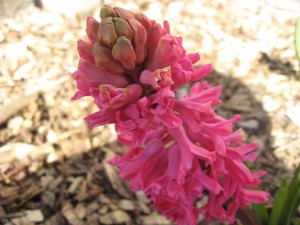 (Hyacinth picture by Firecracker)
(Hyacinth picture by Firecracker)















